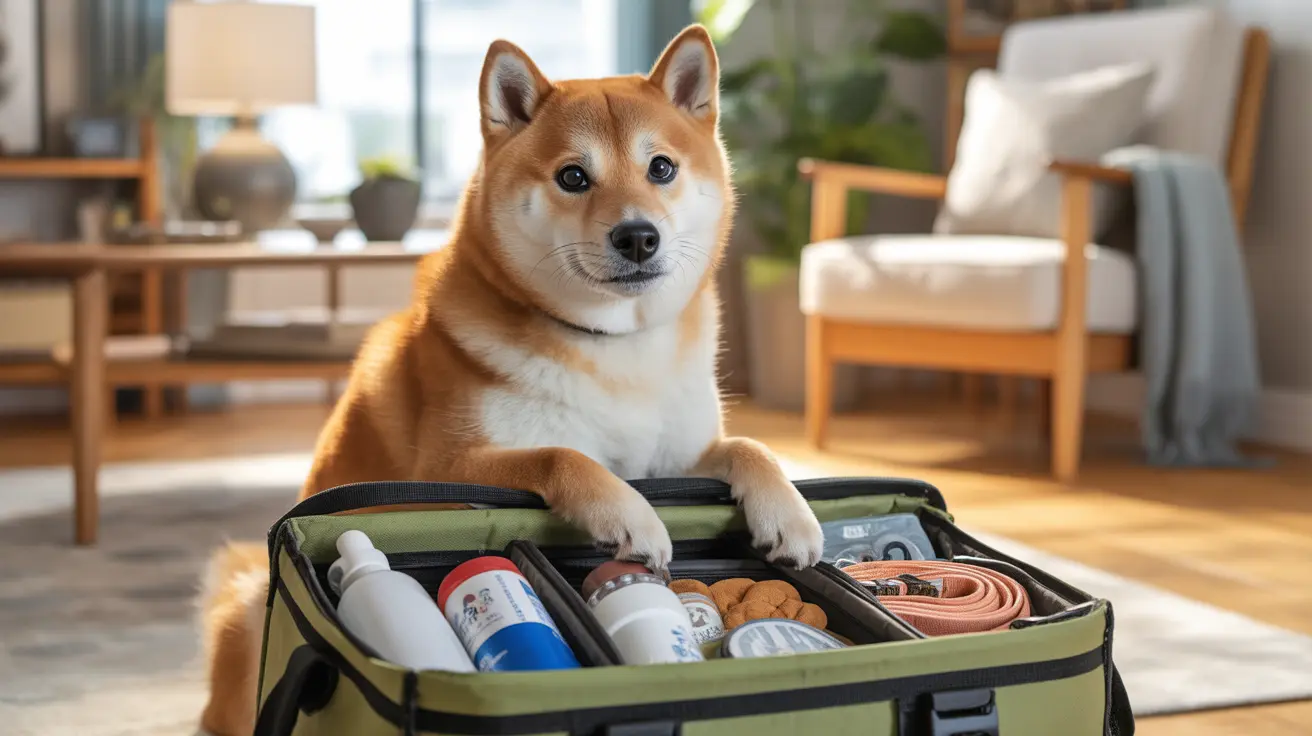When disaster strikes, having a solid pet disaster preparedness plan can mean the difference between life and death for your beloved animals. Whether facing natural disasters, evacuations, or other emergencies, being ready with the right supplies and knowledge is crucial for keeping your pets safe and secure.
In this comprehensive guide, we'll walk you through everything you need to know about preparing for emergencies with pets, from creating emergency kits to finding pet-friendly shelters and ensuring swift reunification if separation occurs.
Essential Emergency Kit Components for Pets
Creating a well-stocked emergency kit is the foundation of pet disaster preparedness. Your kit should include supplies for at least two weeks of independent care for each pet in your household.
Food and Water Supplies
- Two-week supply of food in waterproof containers
- Fresh water (one gallon per pet per day)
- Non-spill bowls and manual can opener
- Feeding instructions and schedules
Medical and Documentation Needs
- Two-week supply of medications
- Month's supply of preventative treatments
- Veterinary records and vaccination certificates
- Microchip information
- Recent photos for identification
- First aid supplies
Creating a Safe Evacuation Plan
Having a clear evacuation strategy is essential for ensuring your pet's safety during emergencies. Start by mapping out multiple evacuation routes and identifying pet-friendly destinations along each path.
Transportation and Containment
- Sturdy carriers or crates for each pet
- Leashes, collars with ID tags, and harnesses
- Comfort items like familiar blankets or toys
- Pet seat belts or travel restraints for vehicles
Finding Pet-Friendly Emergency Shelters
Research and identify pet-friendly emergency shelters in your area before disaster strikes. Many counties now maintain dedicated facilities that accommodate both pets and their owners during crises.
Shelter Requirements
- Current vaccination records
- Proper identification and ownership documents
- Pet supplies and containment equipment
- Owner presence throughout the stay
Maintaining Emergency Preparedness
Emergency preparedness isn't a one-time task – it requires regular maintenance and updates to ensure everything remains current and functional.
Regular Kit Maintenance
- Check food and medication expiration dates
- Update pet photos and documents
- Replace water supplies
- Test and clean carriers/crates
Frequently Asked Questions
What essential items should I include in a comprehensive pet disaster preparedness kit?
Your kit should include two weeks of food and water, medications, first aid supplies, documentation (veterinary records, photos, microchip info), carriers/crates, comfort items, and cleaning supplies.
How can I find and prepare for pet-friendly evacuation shelters during a natural disaster?
Contact your local emergency management office for a list of pet-friendly shelters. Research requirements in advance and keep a list of multiple options, including pet-friendly hotels outside your immediate area.
What steps should I take to ensure my pet's safety and quick reunification if we get separated during an emergency?
Maintain current ID tags, microchip registration, and recent photos. Keep copies of important documents in your emergency kit and consider using digital backup storage for additional security.
How do I maintain and regularly update my pet's disaster kit to stay prepared year-round?
Check supplies monthly, replace expired items, update documentation seasonally, and conduct practice evacuation drills with your pets at least twice yearly.
What are the best practices for evacuating pets safely, including special considerations for different types of animals?
Use appropriate carriers for each pet type, keep pets secured during transport, maintain familiar routines when possible, and never leave pets behind during mandatory evacuations.
Remember, the key to successful pet disaster preparedness is planning ahead and staying organized. By following these guidelines and maintaining your emergency supplies, you'll be ready to protect your pets when they need you most.






